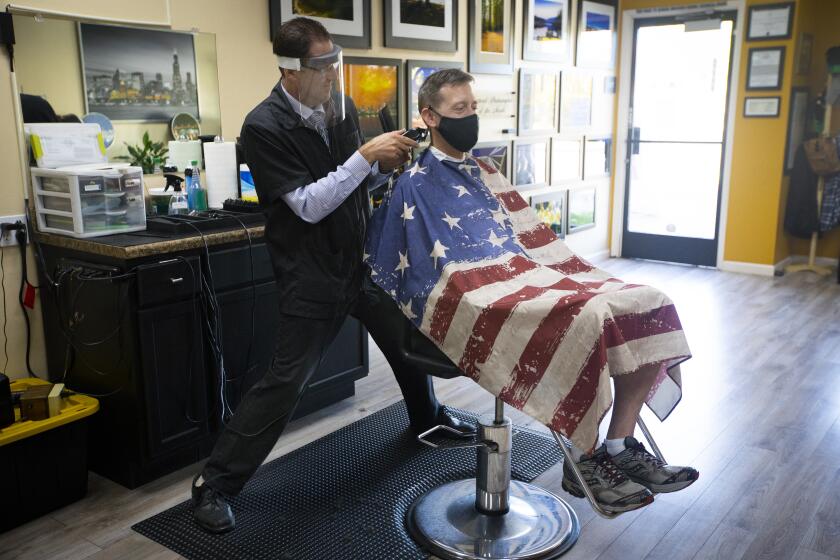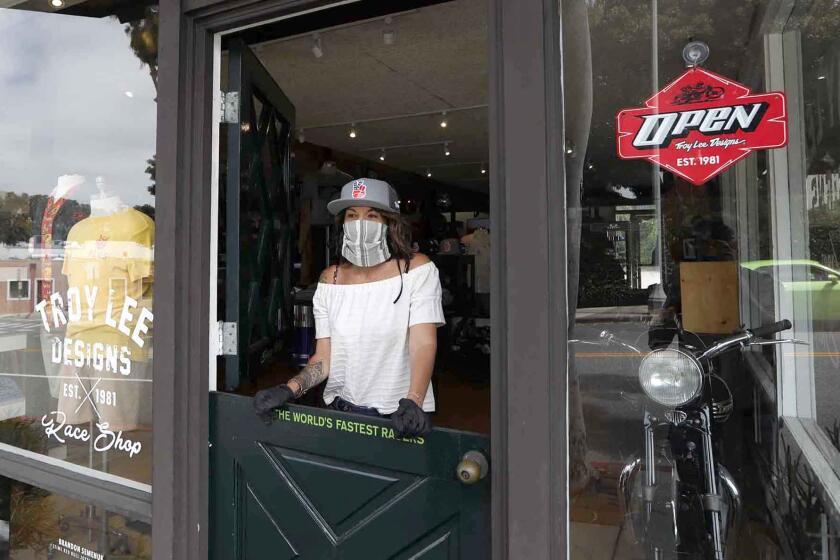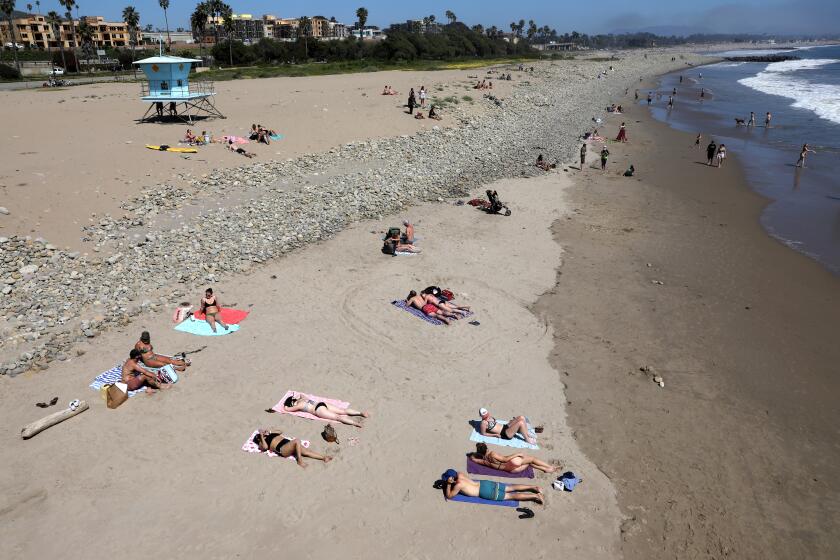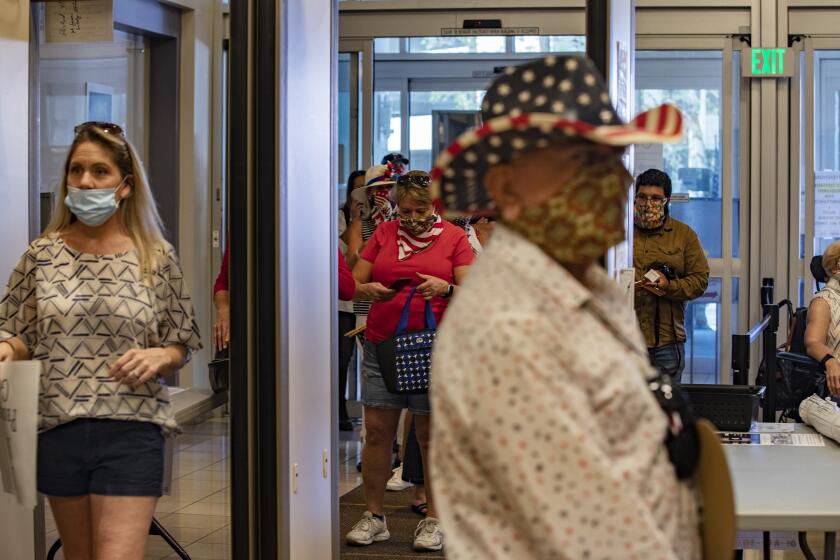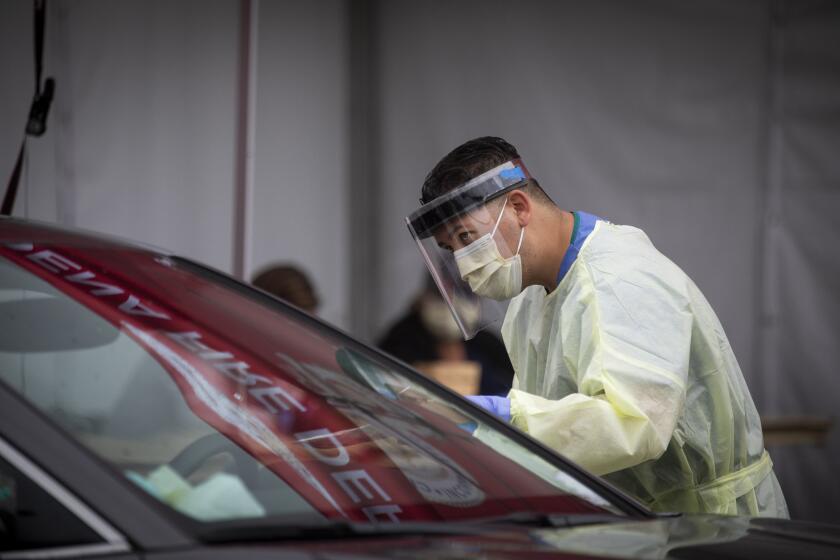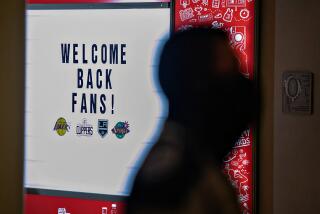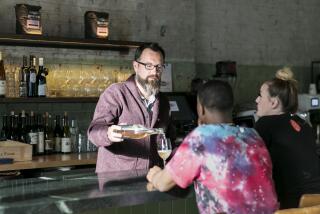A big push to reopen restaurants, malls, even gyms ASAP. But it’s not that simple
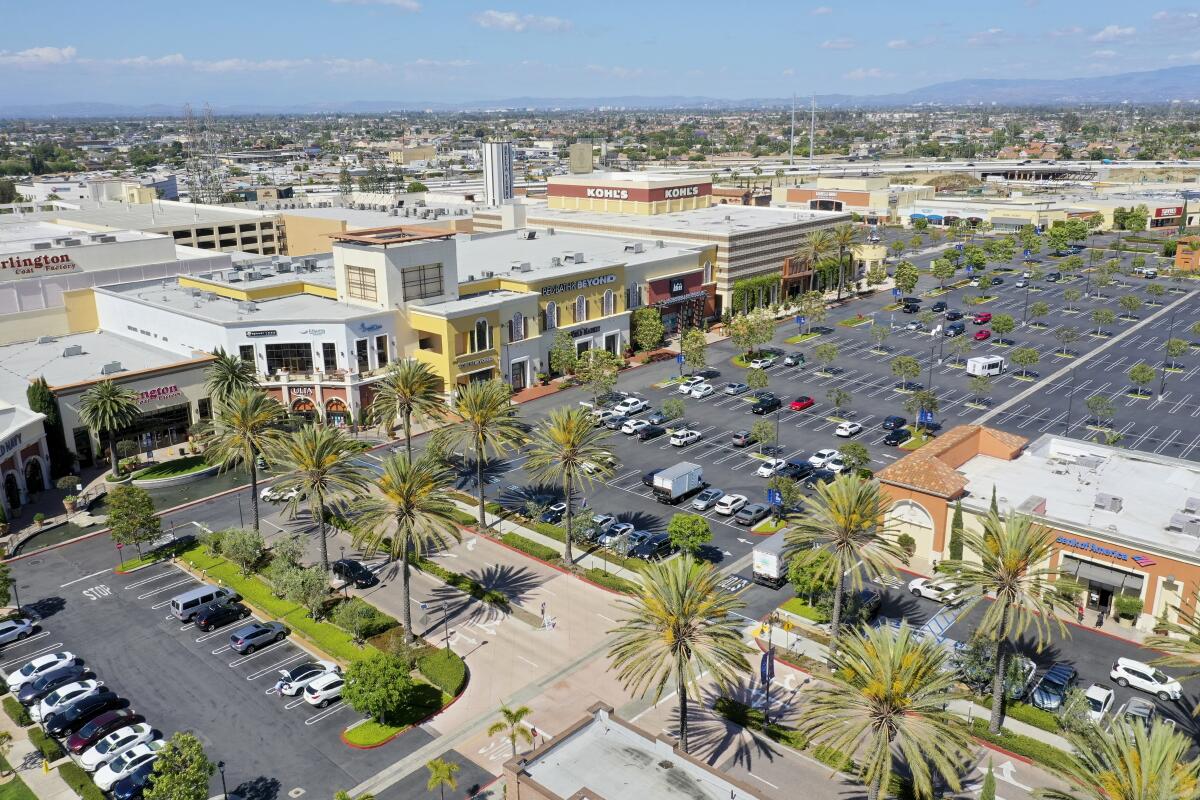
Faced with unemployment rates that in many places top 20%, California counties are eager to reopen their economies as quickly as they can.
With Gov. Gavin Newsom loosening requirements for reopening, local officials are racing to submit plans and get approval to allow shuttered businesses to open — all with social distancing restrictions.
The new rules allow restaurant dining rooms and shopping malls to open in counties that meet the new criteria. The governor also hinted that even bigger changes are just around the corner, such as the opening of hair salons and even spectator-free sporting events as soon as the first week in June.
Many counties have submitted plans to the governor or intend to do so this week.
Visual look at the third phase to reopen California amid the coronavirus outbreak.
“Let’s open as much as possible. Let’s open as soon as possible. Let’s open as safely as possible,” Orange County Supervisor Don Wagner said.
Sacramento Mayor Darrell Steinberg said his county would be able to “reopen some offices, small shops and restaurants” by Friday.
“It’s not just about allowing the businesses to open; it’s also about the customers,” he said in a news conference. “People on the one hand are going to be understandably cautious, as they should be. But I know that I’m going to try to lead the way. I will go out to eat. I’ll eat al fresco.”
Napa County got approval Tuesday to reopen some restaurants with restrictions.
L.A. pet grooming services, car washes can reopen, Garcetti says
Here is where Southern California counties stand:
Orange County
County officials made it clear Tuesday that they want to see more retail businesses — including shopping malls and restaurants — reopen with social distancing restrictions as soon as possible.
While health officials said they are still planning how to move further into what the state calls Phase 2, members of the Board of Supervisors said that time is of the essence.
“We can put together a plan, and I’m still keeping my fingers crossed,” Supervisor Andrew Do said. “I’m hoping that by this weekend, we’re going to enter Phase 2 fully.”
Doing so would mean shopping malls could reopen, for instance, as could restaurant dining rooms — albeit with modifications.
Shopping centers in Orange County sprang to relative life Friday as locals took advantage of deals and offers presented by businesses. California entered Stage 2 of reopening with the permission of Gov. Gavin Newsom.
Even if Orange County doesn’t meet all the new reopening requirements, which Newsom unveiled Monday, officials emphasized their preference is still to send a plan to the state as quickly as possible.
“To the extent that perfect is the enemy of the good, we don’t want to let that happen,” Wagner said. “If we need to supplement, let’s supplement.”
San Diego County
San Diego County supervisors gave the go-ahead for the county to accelerate its progression in Phase 2 of reopening, which would allow retail shopping and restaurants to serve in-person patrons.
The plan still needs state approval, which county officials expect to be granted.
Additionally, the board voted 4-1 Tuesday to ask the governor for permission to launch a pilot program for reopening some Phase 3 activities, including some youth sports and clubs, outdoor religious services, research labs and therapeutic and peer support groups of less than 10 people.
The pilot program would also allow salons and fitness facilities to operate at 25% capacity, by appointment only, as well as open some communal swimming pools at 25% capacity.
Nathan Fletcher was the lone supervisor to vote against pursuing the pilot program, saying that since the county hadn’t yet fully implemented Phase 2, it wasn’t time to move toward Phase 3.
Businesses such as bookstores, clothing stores, florists and sporting goods stores will be available to open up shop for curbside pickup. Associated manufacturers and supply chains for these retail stores will also be allowed to open.
Ventura County
Ventura County supervisors voted unanimously to submit plans for a broader reopening.
“The preparations to protect public health, combined with the confidence we have in our business owners and residents, puts us in a great position to move forward on an accelerated path,” County Executive Officer Mike Powers said. “COVID-19 has had devastating impacts on both community health and our economy. We want businesses to be able to reopen, and we believe they can and will do so safely.”
As of Tuesday, the weekly rate of hospitalizations fell 3.4% in Ventura County, well below the state benchmark, spokesperson Ashley Bautista said. Positive test results in the last 14 days were at 3.5%, also less than the state’s 8% benchmark for reopening. There were 825 confirmed cases in the county on Tuesday, records show.
The Riverside County Board of Supervisors has voted unanimously to adopt an alternative plan to reopen the local economy.
Inland Empire
Both Riverside and San Bernardino counties are also pushing to reopen.
The San Bernardino Board of Supervisors is scheduled to meet Thursday to discuss a new plan.
Riverside County Supervisor V. Manuel Perez said Newsom’s new criteria are “hopeful and positive news for local businesses.”
The goal to more fully reopen in the next six weeks comes as Los Angeles County reports 76 new deaths related to COVID-19 and more than 1,100 new cases.
Los Angeles County
Officials’ newest goal is to more fully reopen the economy by July 4, officials said Tuesday.
The mission is to safely reopen retail businesses, restaurants and malls. But getting there will be slow going.
“We have to do a lot of things right so we can actually get to that date,” the county public health director, Barbara Ferrer, said. “I think the reality is that we are going to really aim together to get there as quickly as possible, but we’re going to pay attention to the data and science.”
More to Read
Sign up for Essential California
The most important California stories and recommendations in your inbox every morning.
You may occasionally receive promotional content from the Los Angeles Times.
